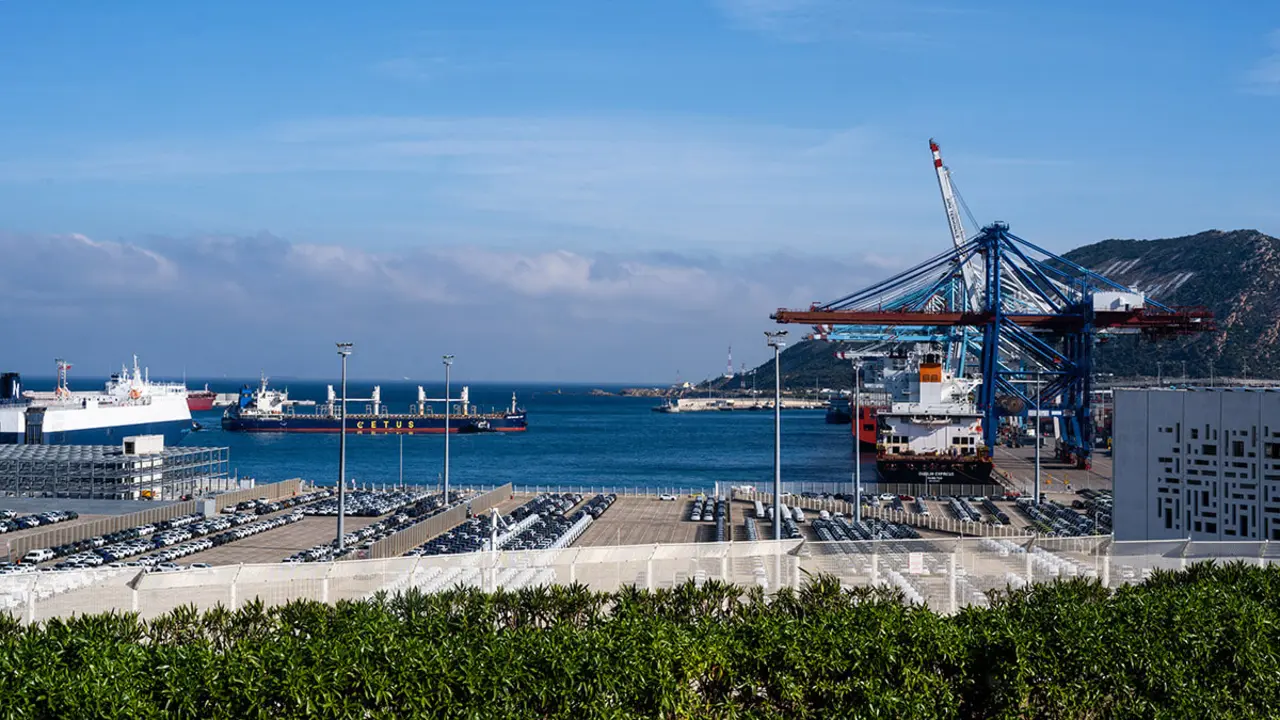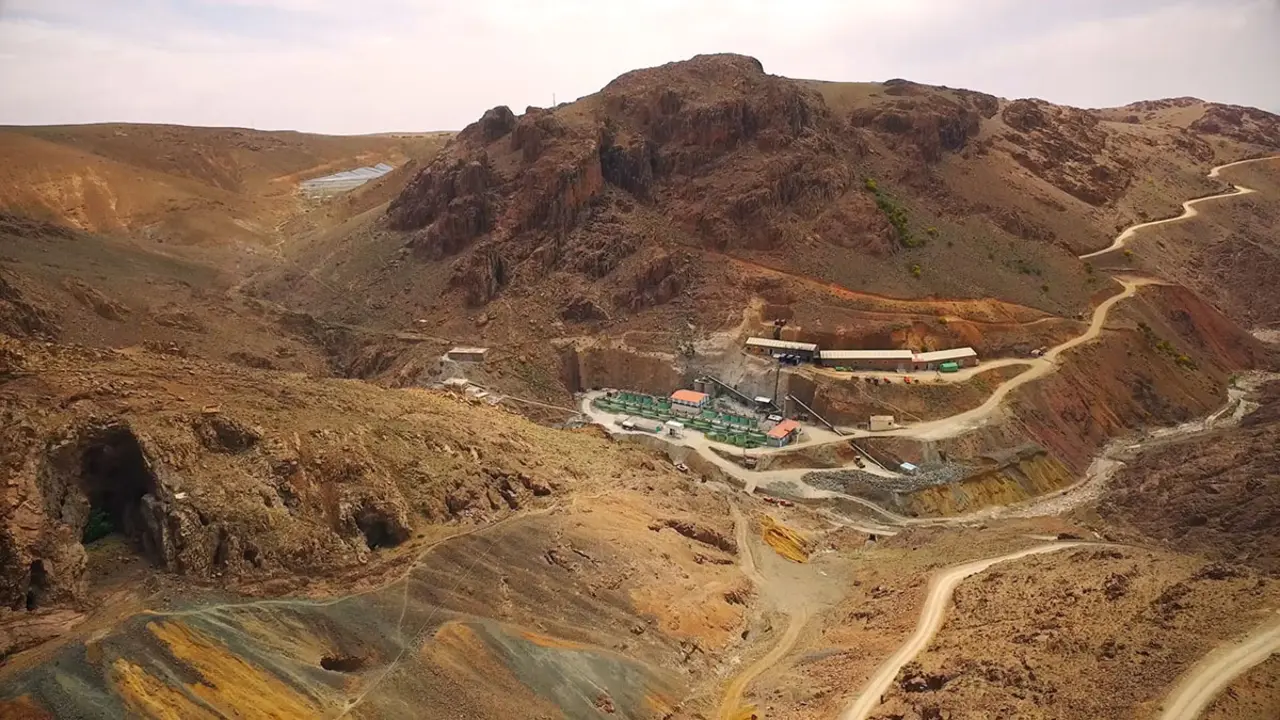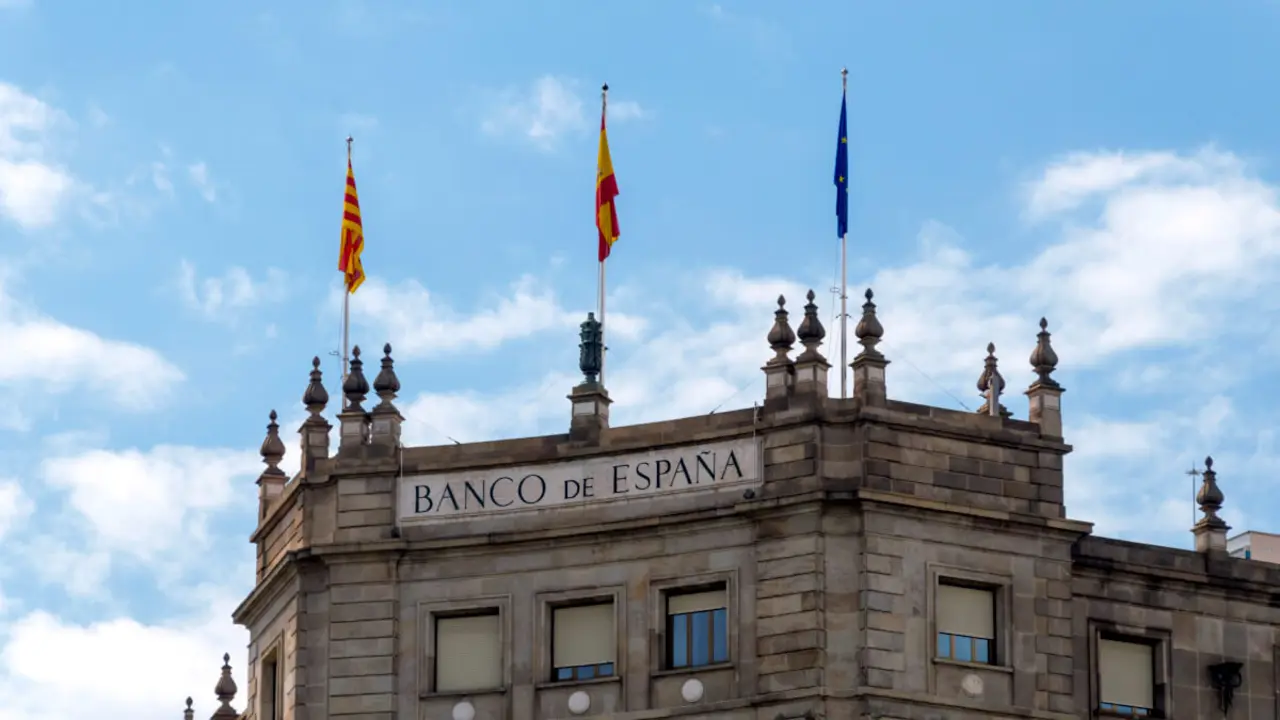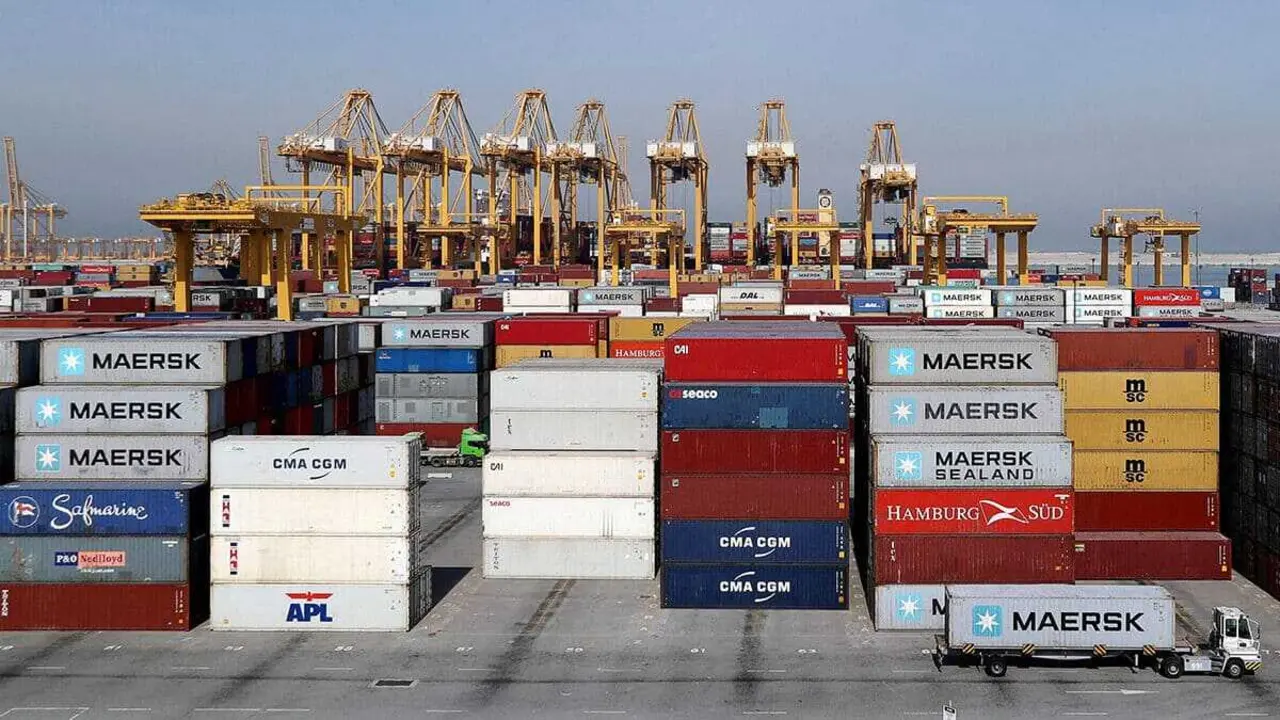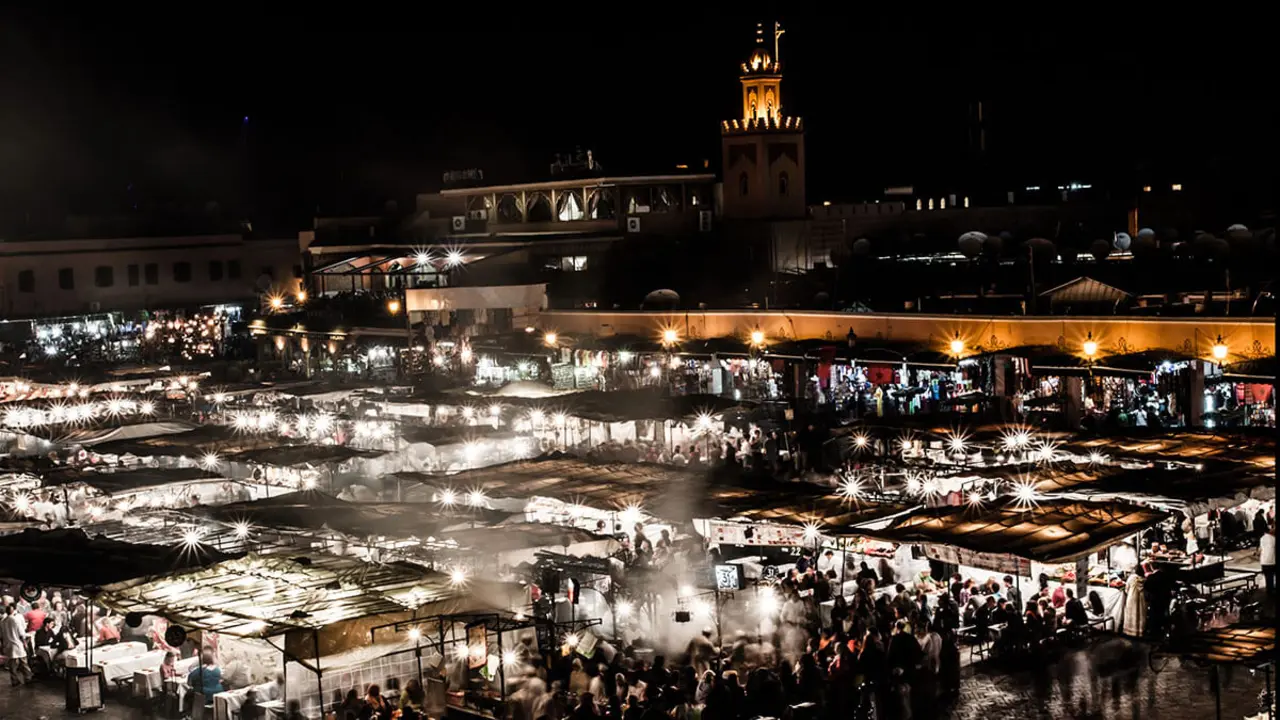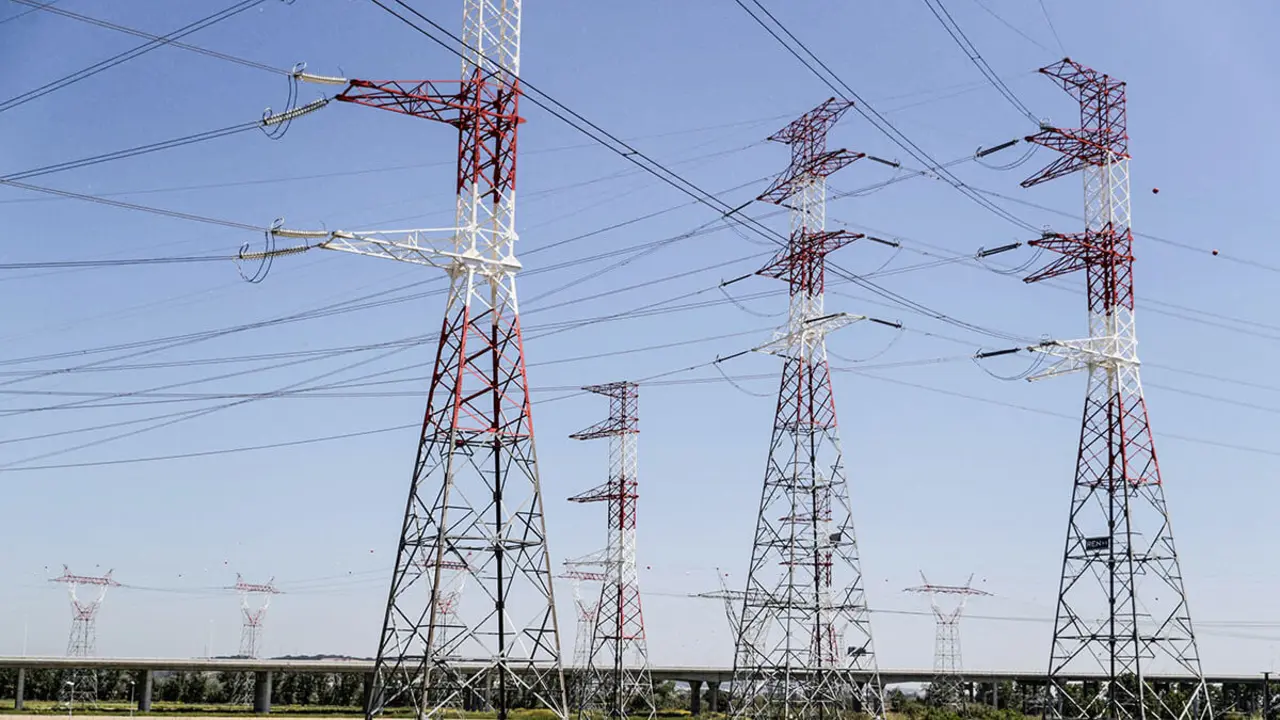Morocco curbs inflation and encourages price falls
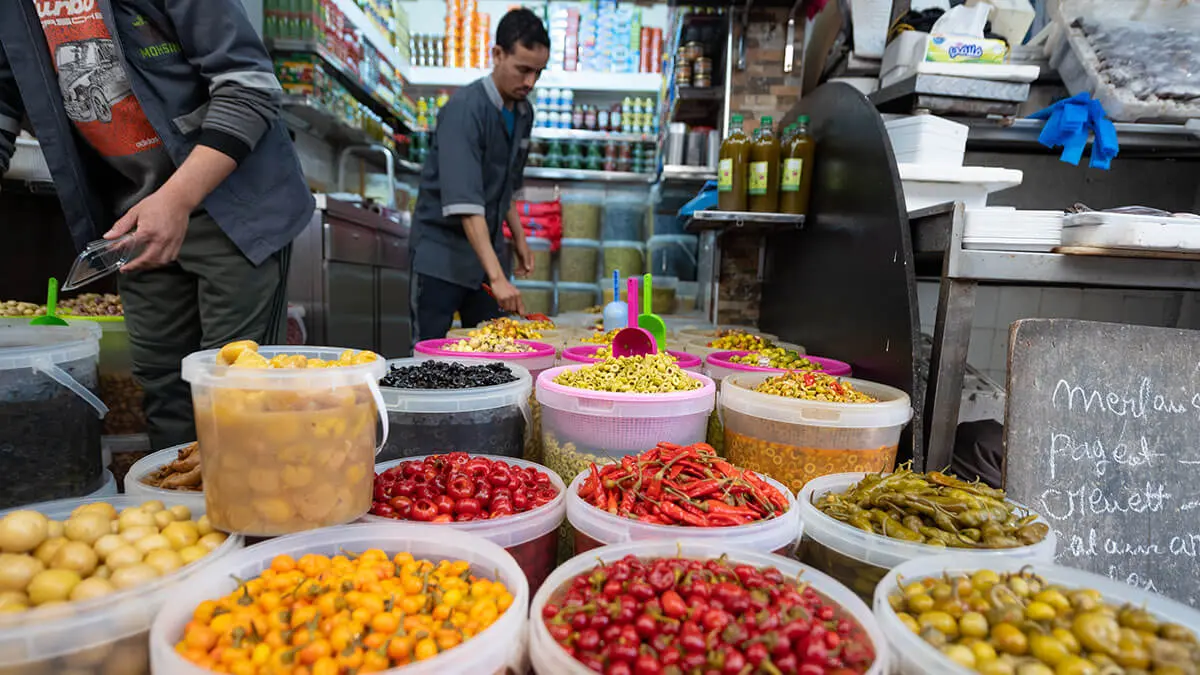
Morocco has managed to mitigate the effects of a global crisis that has led to a worrying rise in inflation. First the pandemic and later the Russian invasion of Ukraine caused a chain of economic losses that have significantly depleted the coffers of all countries, and Morocco has been no exception. However, Aziz Akhannouch's government has implemented a series of measures that have made it possible to curb the rise in inflation and even reduce prices.
Falling prices in food products
Prices have fallen across the board, by 0.3% compared to January this year. But it was most noticeable in foodstuffs, especially vegetables, where prices fell by 9.5%. In fish and seafood the fall was just over 2%.

The High Commission for Planning has issued a report which breaks down the areas in which prices have fallen. Another of the fields that has seen the greatest drop in prices is fuel, where the fall has reached 1%.
Al Hoceima, at the head of the fall in prices
Al Hoceima was the city where the effects of the fall in prices were most noticeable, with a 0.8% drop. Behind it are Beni Mellal with 0.7%, Errachidia with 0.6%, Safi with 0.4% and in Casablanca, Fez, Kenitra, Marrakech, Rabat, Meknes and Dakhla with 0.3%, and Agadir with 0.2%. Only Guelmim and Settat registered a slight increase of just 0.2%.
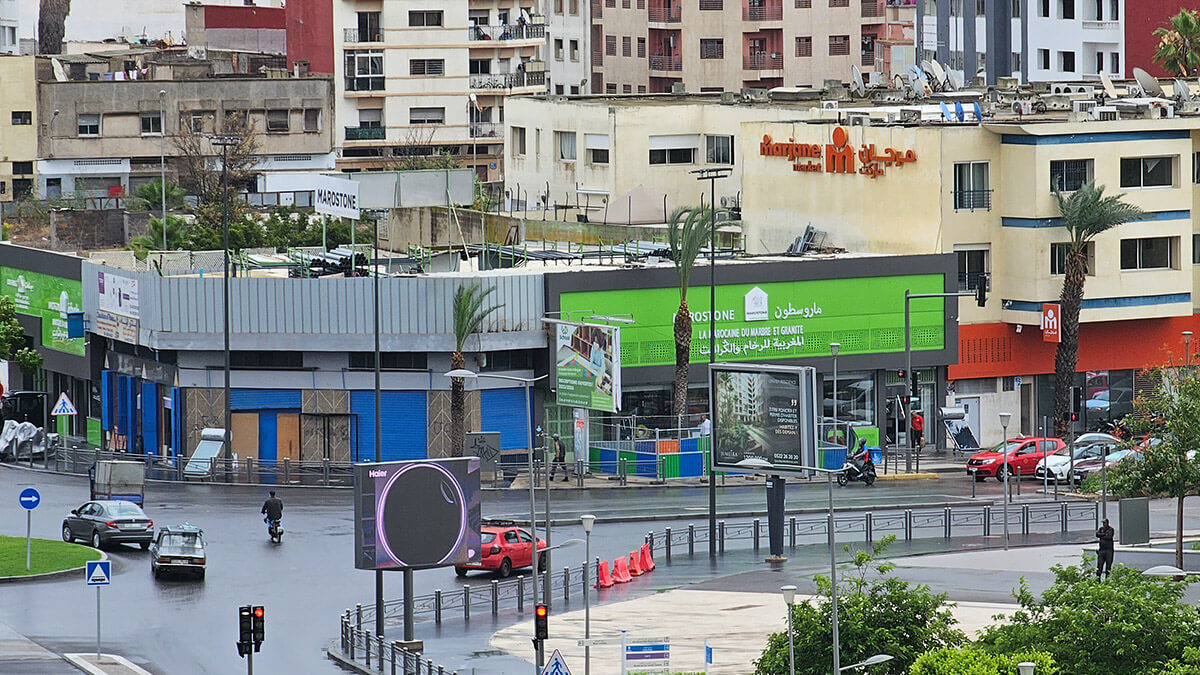
This is evidence of a very positive trend for Morocco, which has now seen its prices fall for five consecutive months. These decreases have helped Rabat to control an inflation rate that until recently was growing at a worryingly rapid rate. All of this is thanks to a series of measures imposed by the Moroccan government, one of the main pillars of which is the fight against drought through innovative initiatives implemented throughout the country.

